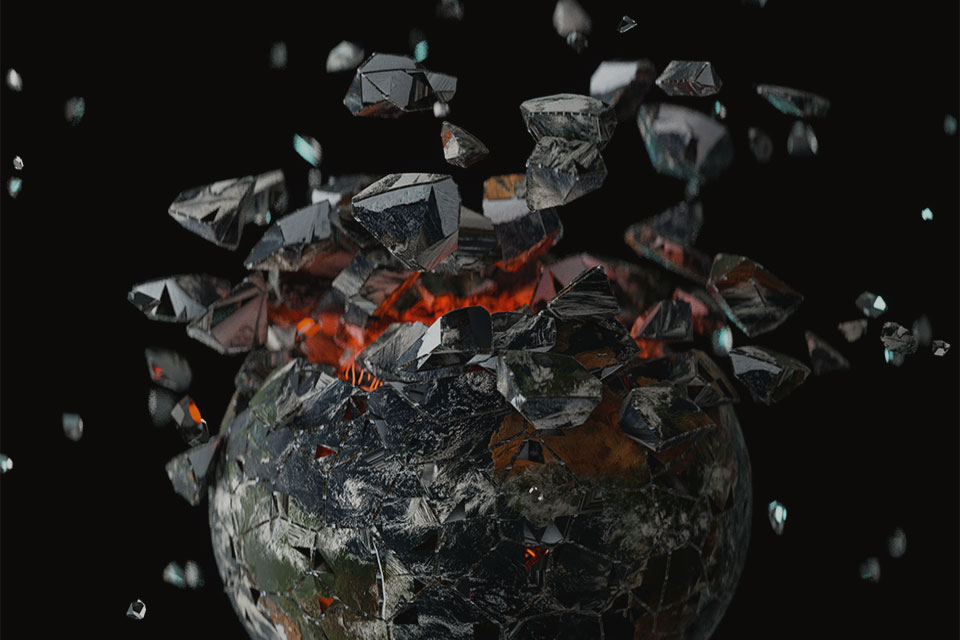A new analysis of one of the oldest rocks ever found now suggests that life may have thrived on Earth a mere 300 hundred million years after the planet’s accretion. If correct (and the evidence is pretty compelling), this is mind-boggling for two different reasons, each implying life is more likely inevitable than unusual.
First, the speed at which life seems to have developed on Earth makes it hard to argue this was a highly unlikely phenomenon. Earth could have simply “won the life lottery,” (and we wouldn’t be here to discuss it if it hadn’t), but it’s more probable the generation of life is simply not so unlikely.
Second, and more compelling perhaps, is what this means for the conditions under which it is possible for life to form.
This period of Earth’s history is known as the Hadean Period because it was, quite simply, Hell On Earth. During this time period, Earth was struck by multiple impactors the size of the United Kingdom. These collisions would have vaporized the Earth’s liquid water, melted about half its solid rock, and churned the Earth’s surface (such as it was) on cataclysmic, planetary scales. However, in spite of this, it appears based on this new evidence, that life survived through all of this.
As intuitively difficult as this is to believe, some objective analysis makes it, perhaps less incomprehensible. When we analyze the extremophiles we known on Earth today, the Hadean conditions are, in fact, not so bad after all. There is an incredible review of extremophiles published just a couple years ago in Frontiers in Microbiology by multiple authors which I highly recommend for anyone interested, but the gist of it is that the range of known extremophiles on Earth fit much more comfortably within the conditions found on multiple other bodies in our Solar System than you might expect.
In fact, we have found micro-organisms on earth that are capable of surviving in even more extreme conditions that Hadean Earth, Venus, or Titan – even capable of thriving when subjected to more intense cosmic or nuclear radiation for long periods of time.
Rather than life being limited by what seem, from our human perspective, to be “reasonable” ranges of acidity, radiation, pressure, or temperature, there is mounting evidence that really the only requirement might be a liquid solvent – probably water, but even that is not necessarily a limit.
All of which raises a consideration that can’t be ignored: life did not originate on Earth. Maybe it began in the pre-solar “dust,” maybe on the first asteroids or comets with liquid water cores and was then brought to Earth by an impact in those Hadean days.
Even more outlandishly, given that we believe all the material in the Solar System was created by the collapse of just 10 earlier stars, maybe some of the most robust complex molecules hitched a ride along the way. This seems extremely unlikely for a number of reasons, but maybe not impossible. Maybe, ironically, WE are the extra-terrestrials.
But whatever the genesis of life, we’ve already found what are, most likely, the byproducts of organic systems on Mars from its days of liquid water, and all of this only makes me look forward to 2034 with even more bated breath – I’m rooting for Titan when we get there!
